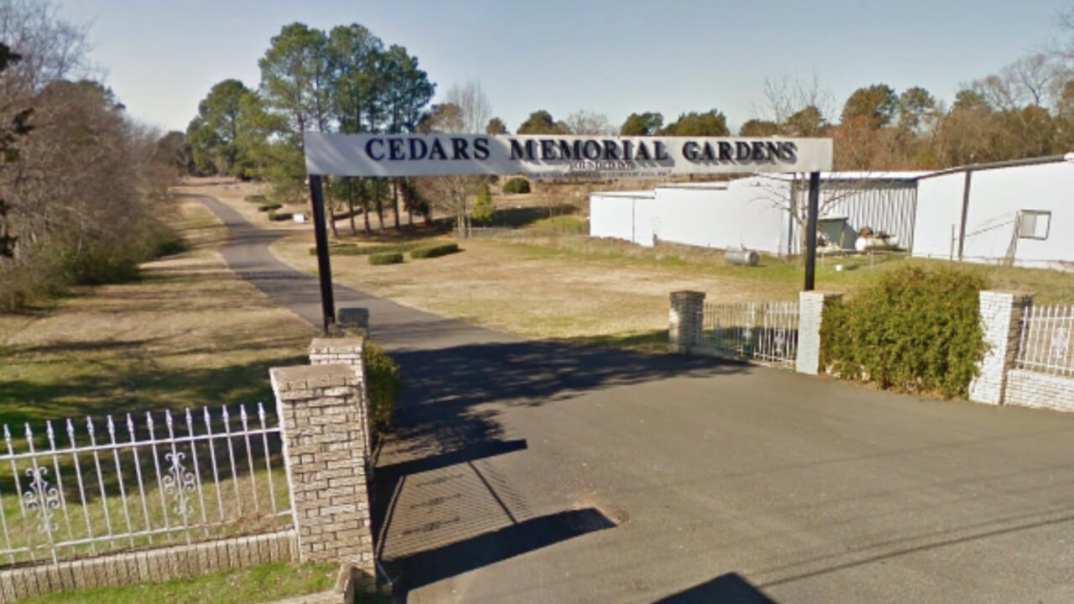Fence separating Black and white graves removed in Texas
The fence is a relic from the Jim Crow era.

Cedars Memorial Garden in Mineola, Texas, just 75 miles east of Dallas, has ended its historically racist tradition of separating Black and white burial plots.
On Wednesday, Municipal crews dug out a fence that was separating the graves, NBC 5, an owned-and-operated television station in the Dallas-Fort Washington area, reported.
READ MORE: Jim Crow laws in Mississippi still exist to keep Blacks out of office
The fence is another relic from the Jim Crow era. The cemetery was originally meant to only hold the graves of white people.
The removal of the fence began on Wednesday and was set to be completed in four days, according to the President of the Cedars Memorial Garden, David Collett.
The City Council, especially its manager Mercy Rushing, approved the funding to remove the fence.
Calls for removing the fence date back to 2007, when a pastor from the predominantly Black St. Paul Missionary Baptist Church in Mineola, requested reform in the cemetery.
Pastor Demetrius Boyd partially succeeded by convincing the Cedars Memorial Garden board to create a new entrance in the front of the property as the entrance to the Black section of the cemetery was only accessible from a back road, NBC 5 reported.
Boyd is said to be satisfied with the fence being gone. He is, however, concerned about the social climate in the wake of George Floyd’s murder and the ongoing protests across the country.
READ MORE: Activists fight back to save historic Black cemeteries from gentrification
Cedars Memorial Garden has a stigma of treating Black people as “other than.” The cemetery used to be called the City of Mineola Cemetery, whereas the historically Black cemetery was called the City Cemetery.
In Boyd’s opinion, these names create the impression that the historically Black cemetery was city-owned and that Mineola was in support of segregation.
Subscribe to theGrio’s Dear Culture podcast on Spotify, Apple and Stitcher.
